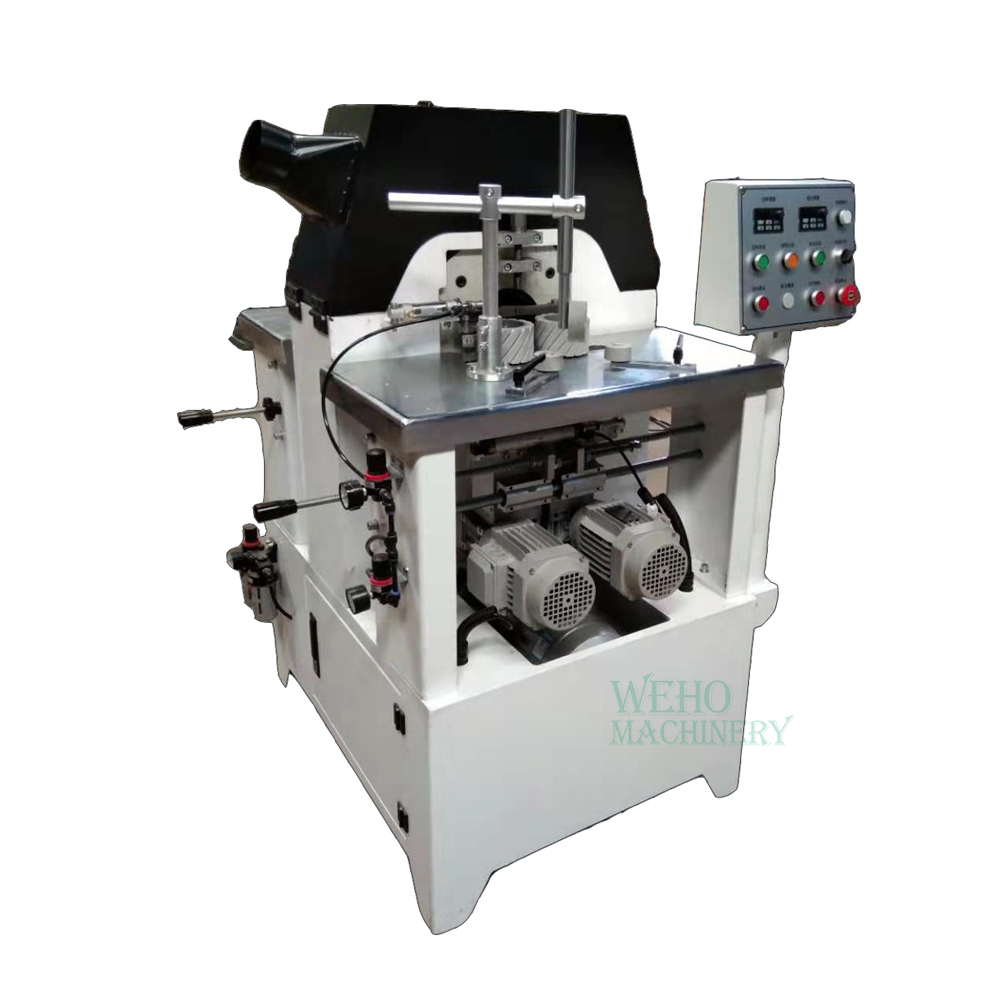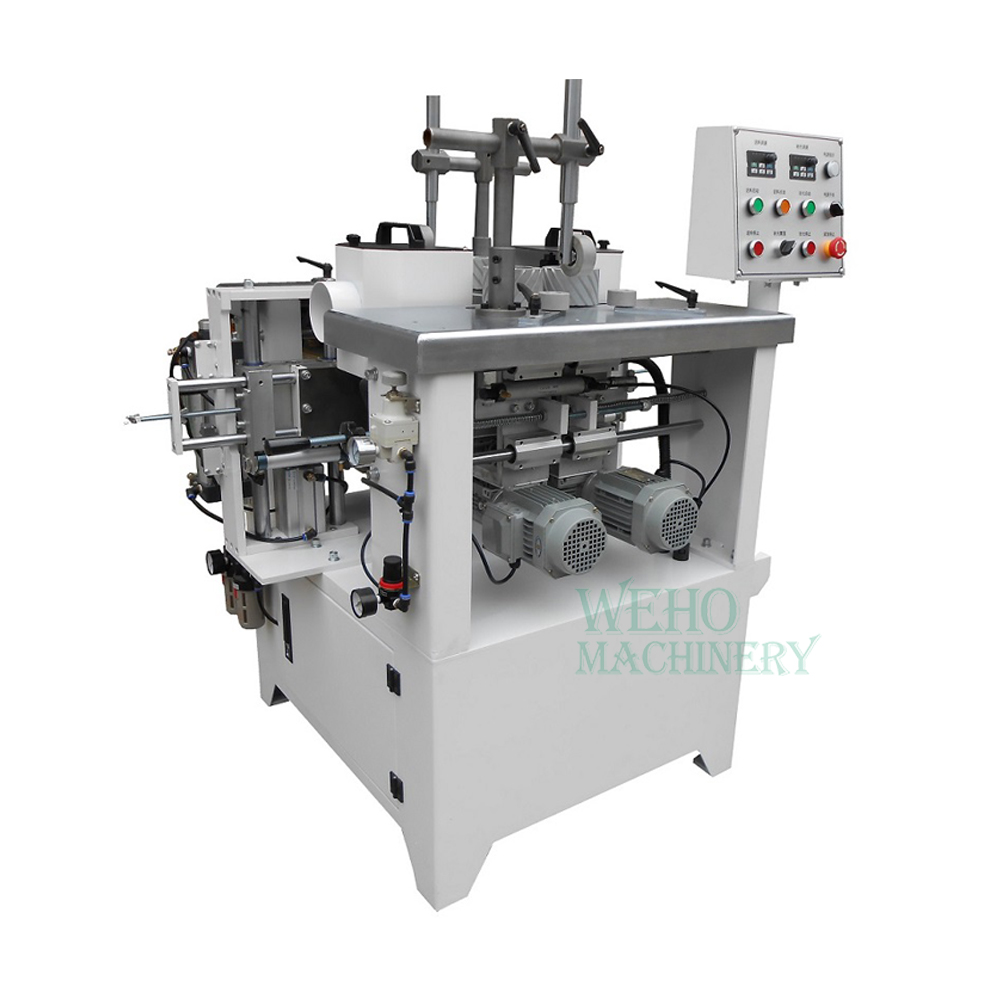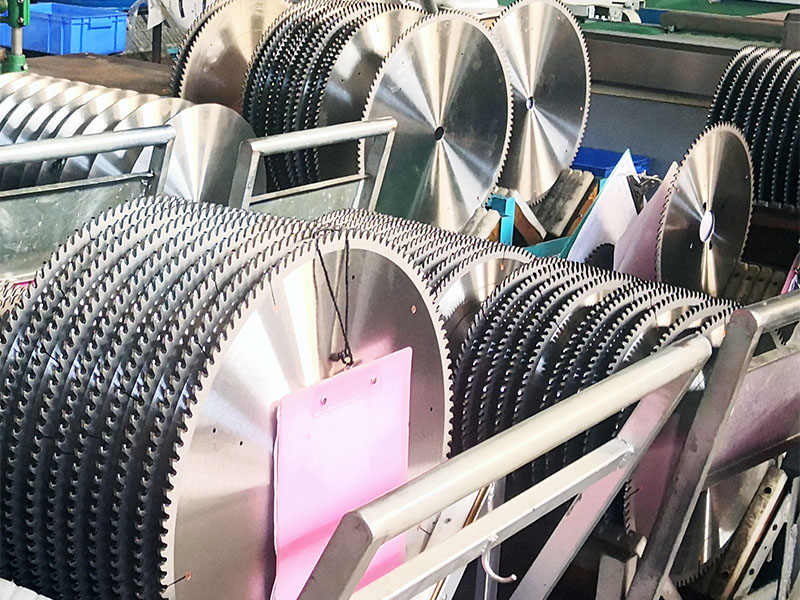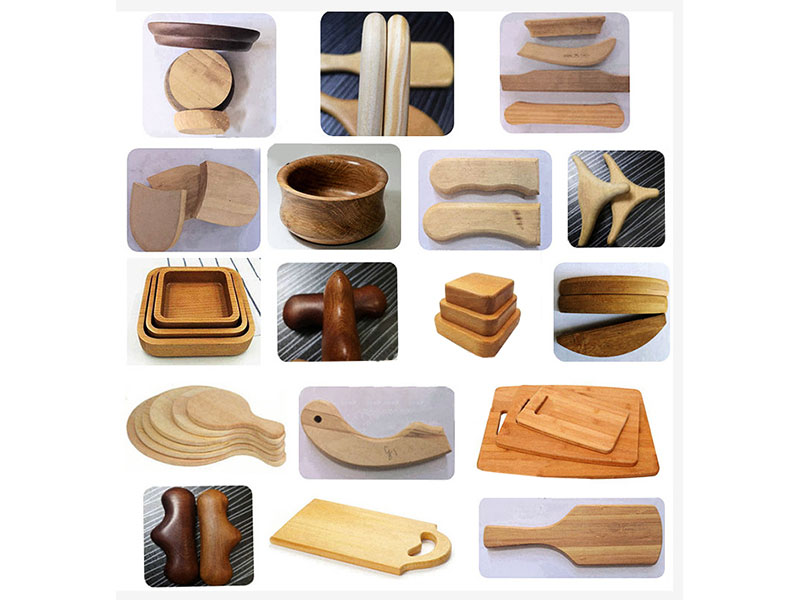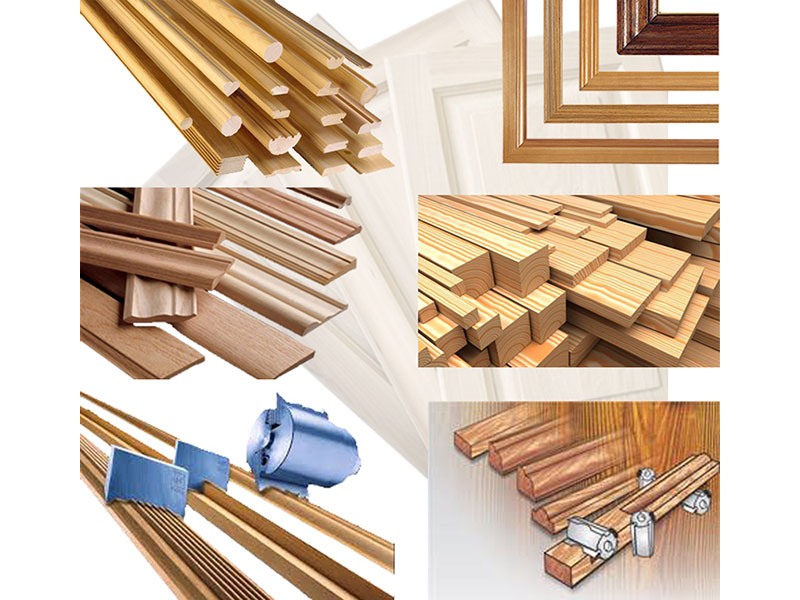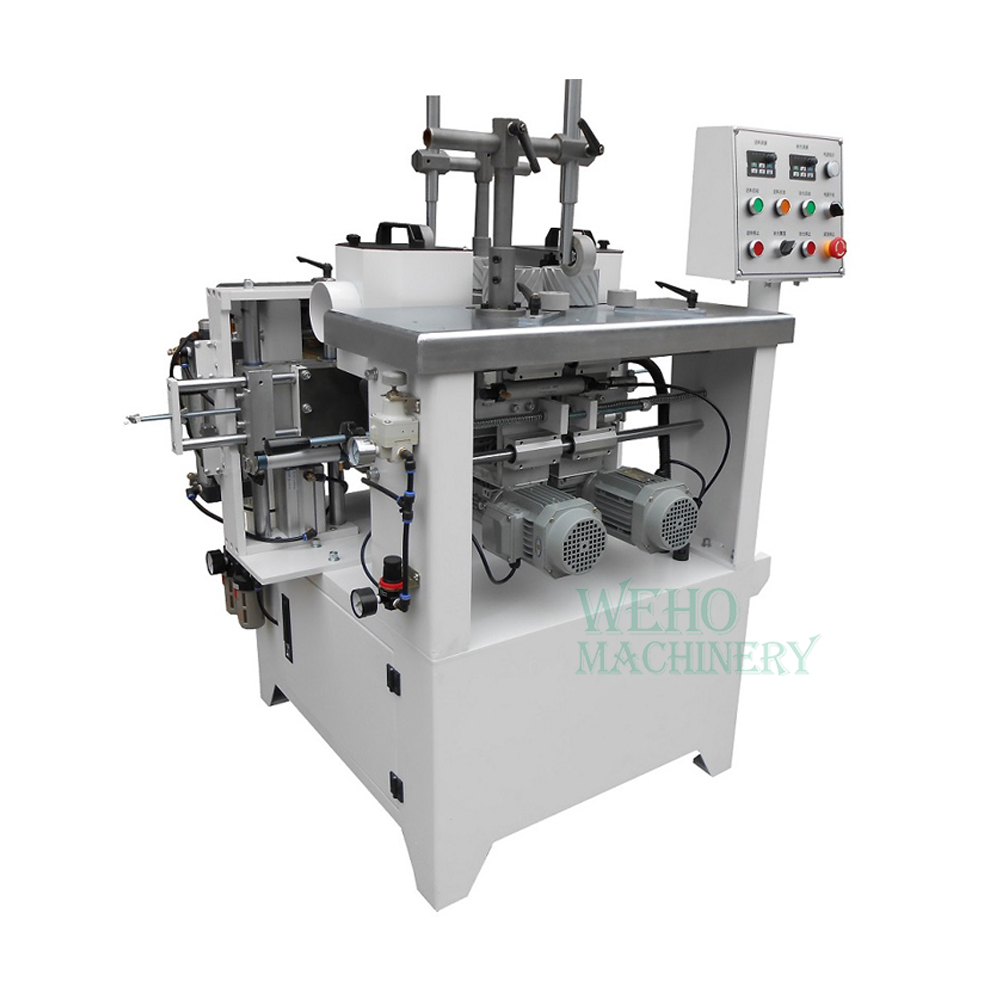
How Do I Choose The Right Wood Sander?
Choosing the right wood sander for your project can make all the difference in achieving a smooth, professional finish. With so many options available, it's important to understand the different types of sanders and their specialized uses. In this comprehensive guide, we'll explore the key factors to consider when selecting a wood sander and provide recommendations for the most common woodworking tasks.
Types of Wood Sanders
There are four main types of wood sanders, each with its own unique features and applications:
1. Belt Sanders
Belt sanders are highly effective for removing large amounts of material quickly. They feature a continuous loop of sandpaper that moves across a flat plate. Belt sanders are ideal for smoothing large, flat surfaces, such as floors, tabletops, and wide boards. They can also be used for removing old finishes, reducing high edges, and even shaping wood.
2. Random Orbital Sanders
Random orbital sanders are one of the most versatile power sanders. They feature a round sanding pad that moves in a random orbital pattern, reducing the risk of creating visible scratch marks or swirl patterns.
Random orbital sanders are ideal for smoothing large surfaces, such as cabinet doors, tabletops, and wide boards. They can also be used for removing light to medium material, preparing surfaces for finishing, and even light shaping.
When selecting a random orbital sander, look for features such as variable speed control, dust collection, and ergonomic grips.
3. Disc Sanders
Disc sanders feature a circular sanding disc mounted on a stationary base or a handheld tool. They are commonly used for shaping, smoothing, and removing material from edges and contoured surfaces.
Disc sanders are particularly useful for stripping paint from old furniture, sanding inside curves, and shaping irregular surfaces. They can also be used for general smoothing and finishing tasks.
When choosing a disc sander, consider the size of the disc and whether you need a stationary or handheld model. Larger disc sanders typically require two-handed operation, while smaller models can be controlled with one hand.
4. Finishing Sanders
Finishing sanders are designed for fine-tuning and achieving a smooth, polished finish. They feature a square or rectangular sanding pad that moves in small, circular orbits or in-line motion.
Finishing sanders are ideal for sanding furniture, cabinets, and other projects that require a high-quality finish. They can also be used for sanding in tight spaces and reaching into corners.
When selecting a finishing sander, look for models that allow you to easily change sandpaper grits and have features such as dust collection and ergonomic grips.
Choosing the Right Sander for Your Project
When selecting a wood sander, consider the following factors:
1. Project Size and Material
The size of your project and the type of wood you're working with will help determine the most appropriate sander. For large, flat surfaces, a belt sander or random orbital sander is a good choice. For smaller projects or intricate work, a finishing sander or disc sander may be more suitable.
2. Desired Finish
The desired finish of your project will also influence your sander selection. If you need to remove a significant amount of material quickly, a belt sander or disc sander may be the best option. If you're looking for a smooth, polished finish, a random orbital sander or finishing sander is a better choice.
3. Sanding Technique
Consider your sanding technique and the level of control you need. Belt sanders and disc sanders are more aggressive and may require more skill to use effectively. Random orbital sanders and finishing sanders are generally easier to control and less likely to cause damage to the wood.
4. Budget
Sanders can vary widely in price, from affordable handheld models to expensive stationary units. Determine your budget and look for a sander that offers the features and performance you need without breaking the bank.
Conclusion
Choosing the right wood sander for your project can make all the difference in achieving a smooth, professional finish. By understanding the different types of sanders and their specialized uses, you can select the best tool for the job and get the results you want. Remember to always sand with the grain, use the appropriate grit sandpaper, and follow proper safety precautions.


